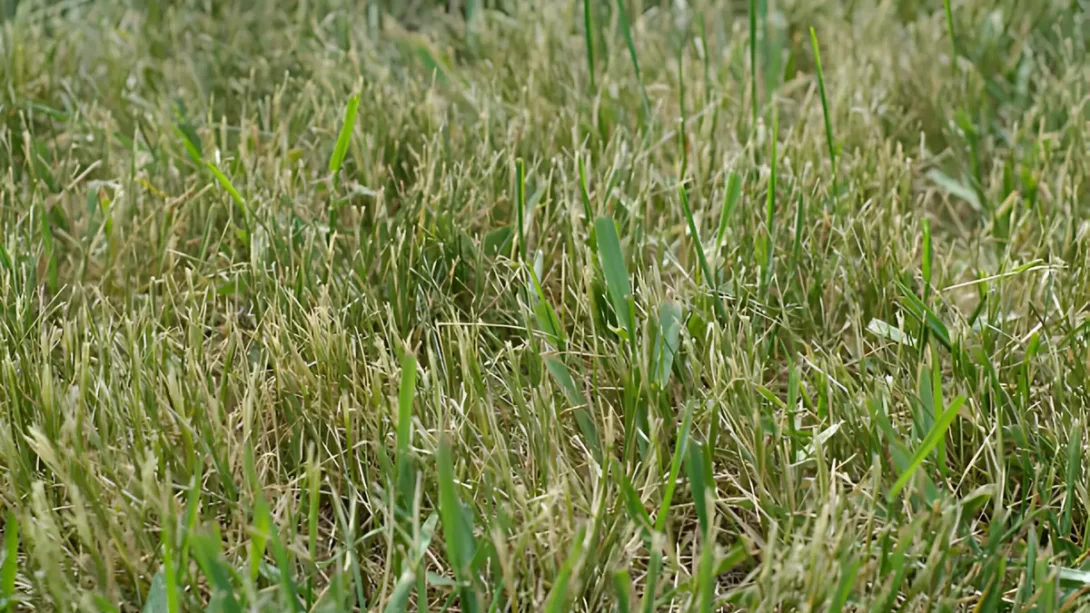Water grass, commonly mistaken as a generic term for any unwanted grassy weed in a lawn, can be a major nuisance for gardeners and homeowners. This article aims to demystify water grass and provide comprehensive strategies for managing and eliminating this persistent weed, ensuring a healthier and more aesthetically pleasing lawn.
Water Grass
Water grass, including types like crabgrass and nutsedge, is known for its rapid growth and resilience. It often invades lawns that are overwatered, poorly drained, or otherwise unhealthy. The challenge with water grass lies in its aggressive spreading nature and ability to outcompete the desired grass species, leading to a patchy and uneven lawn.
Identification of Water Grass
Proper identification of water grass is crucial for effective control. Water grass typically has a coarser texture and a different growth pattern compared to the surrounding lawn. Crabgrass, for instance, grows in a low, sprawling pattern and turns a distinctive reddish-brown at the end of the season, while nutsedge is characterized by its taller, upright growth and V-shaped blades. Accurately distinguishing water grass from other weeds ensures you choose the most effective treatment method.
Preventative Measures
Prevention is key in controlling water grass. Implementing the following lawn care practices can significantly reduce the occurrence of this weed:
- Proper Watering: Overwatering can create favorable conditions for water grass. Water your lawn deeply but infrequently to encourage stronger root growth of the desired grass.
- Regular Mowing: Mowing at the appropriate height for your lawn species can help prevent water grass. Mowing too short can stress the lawn and make it more susceptible to weeds.
- Fertilization: A well-fertilized lawn can outcompete water grass. Use a balanced fertilizer appropriate for your grass type and local soil conditions.
Maintaining overall lawn health is the best defense against water grass. A robust lawn can resist the invasion and spread of this weed, making preventative care a cornerstone of effective lawn management.
Manual Removal Techniques
For immediate and direct control of water grass, manual removal can be effective, especially in smaller areas or for spot treatment. Here’s how to do it:
- Timing: Choose a time when the soil is moist, such as after rain or watering, as this makes it easier to pull out the entire root system.
- Tools: Arm yourself with a good pair of gardening gloves and a suitable tool like a dandelion digger or a small hand trowel.
- Technique: Grasp the water grass close to the base and pull gently but firmly, trying to get as much of the root out as possible. For tougher plants, use your tool to loosen the soil around the roots before pulling.
Repeat this process regularly, as water grass can quickly re-establish from any roots left behind.
Chemical Control Options
In cases where water grass is widespread or manual removal is impractical, chemical herbicides can be a solution:
- Selecting the Right Herbicide: Choose a herbicide that’s effective against water grass but safe for your lawn type. Pre-emergent herbicides can prevent water grass seeds from germinating, while post-emergent herbicides target existing plants.
- Application: Follow the manufacturer’s instructions carefully for mixing and applying the herbicide. It’s usually best to apply on a calm, dry day to ensure the herbicide adheres to the weed and doesn’t drift to desirable plants.
- Safety: Wear protective clothing and avoid applying herbicides near water sources to prevent contamination.
Natural and Eco-Friendly Solutions
For those seeking more environmentally friendly options, there are several natural methods to control water grass:
- Organic Mulches: Applying a thick layer of organic mulch in garden beds can help suppress water grass by blocking sunlight.
- Natural Herbicides: Solutions containing vinegar or citrus oil can act as natural herbicides, although they may require multiple applications and can affect surrounding plants.
- Boiling Water: Pouring boiling water directly onto water grass can kill it, but this method requires caution to avoid harming nearby plants.
These natural methods can be effective but may require more persistence and regular application compared to chemical herbicides.
Long-Term Management Strategies
Effectively managing water grass involves more than just removal; it requires ongoing attention and care to maintain a healthy, resilient lawn. Here are some long-term strategies:
- Regular Lawn Maintenance: Consistently care for your lawn through proper mowing, watering, and fertilizing. This regular upkeep not only enhances the health and appearance of your lawn but also makes it less hospitable to water grass and other weeds.
- Soil Health: Periodically test your soil to understand its needs. Adjusting the pH and nutrient levels can improve lawn health, making it more competitive against weeds.
- Overseeding: In areas where water grass has been a problem, overseed with the appropriate grass seed. A denser lawn leaves less room for water grass to establish.
- Monitoring and Early Intervention: Keep an eye out for the early signs of water grass. Prompt removal of small patches can prevent larger infestations.
- Seasonal Adjustments: Adapt your lawn care practices to suit different seasons. For example, adjust watering routines in response to rainfall patterns and change fertilization based on the time of year.
Conclusion
Dealing with water grass in your lawn requires a balance of immediate action and long-term care. While manual removal and chemical or natural herbicides can provide quick results, they are most effective when combined with a consistent lawn care regimen. By fostering a healthy lawn environment and staying vigilant against the first signs of water grass, you can keep your lawn looking its best.
Maintaining a water grass-free lawn isn’t just about aesthetics; it’s about creating a healthy outdoor space where you and your family can relax and play. So, embrace these strategies as part of your regular gardening routine, and enjoy the rewards of a lush, vibrant lawn free from the grip of water grass.




